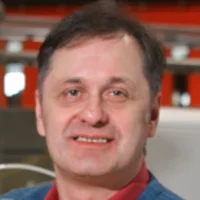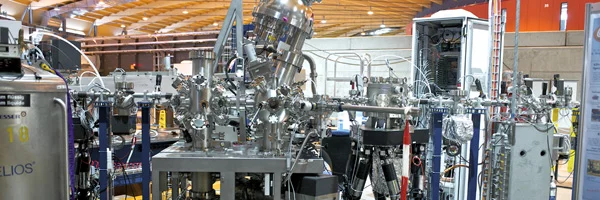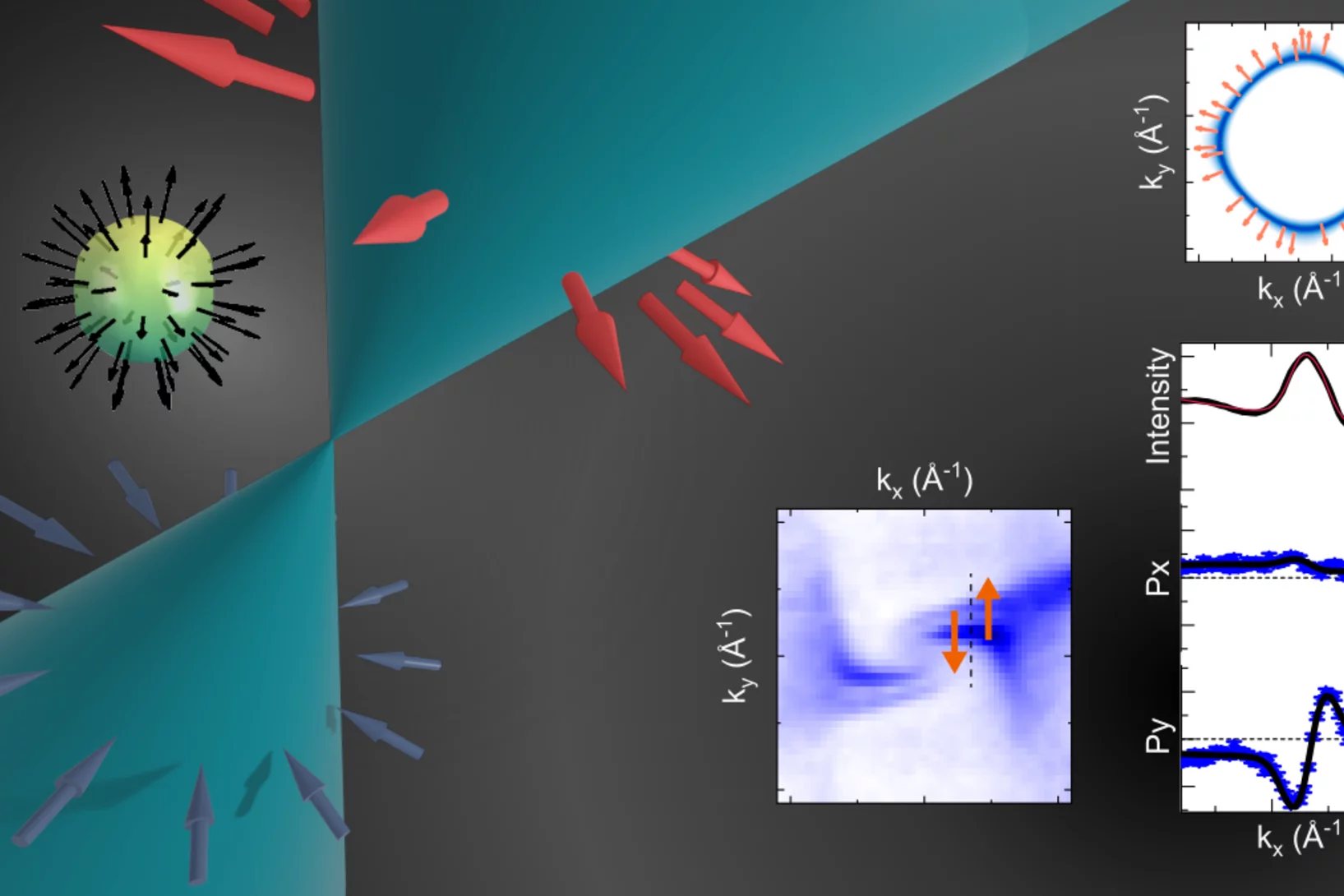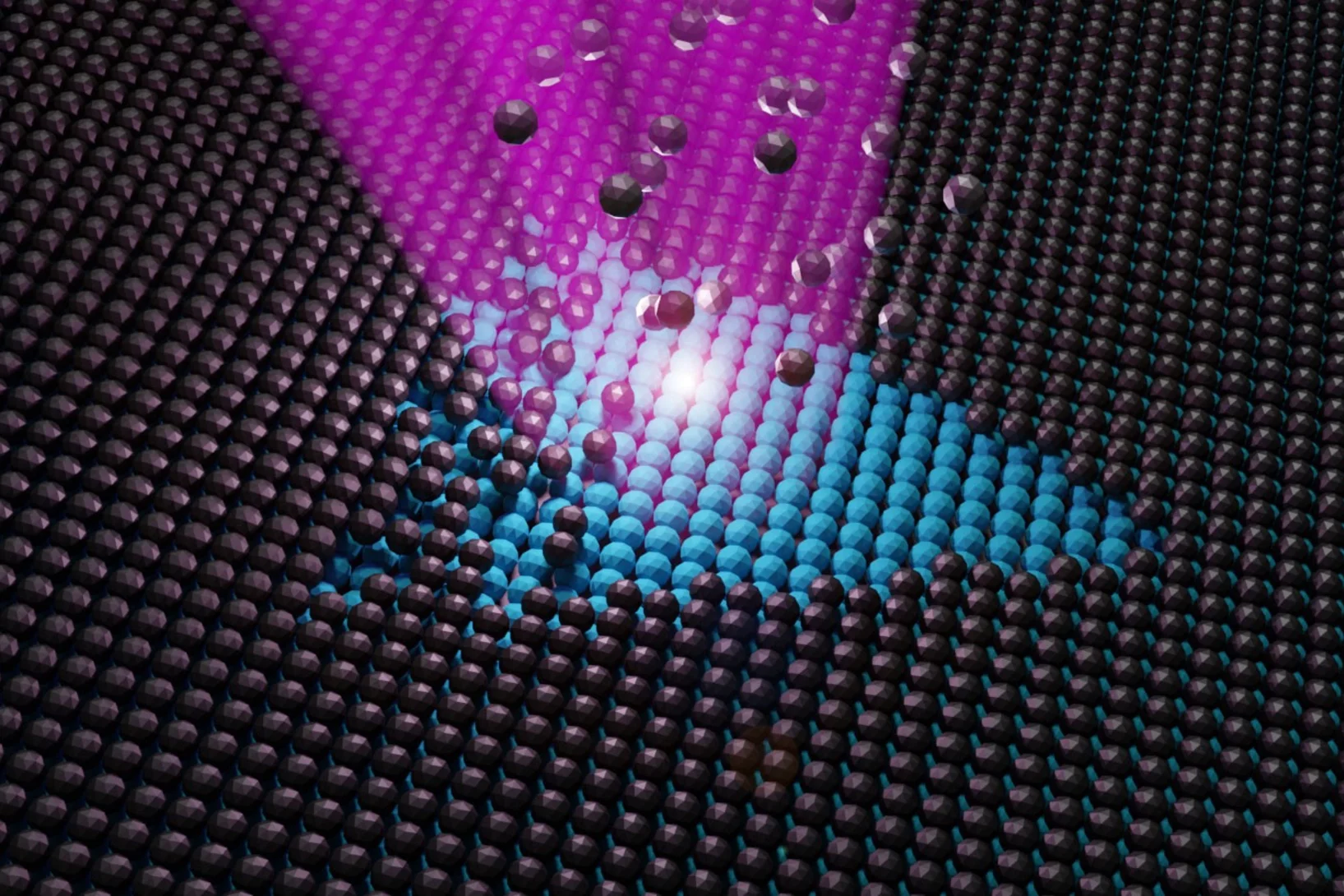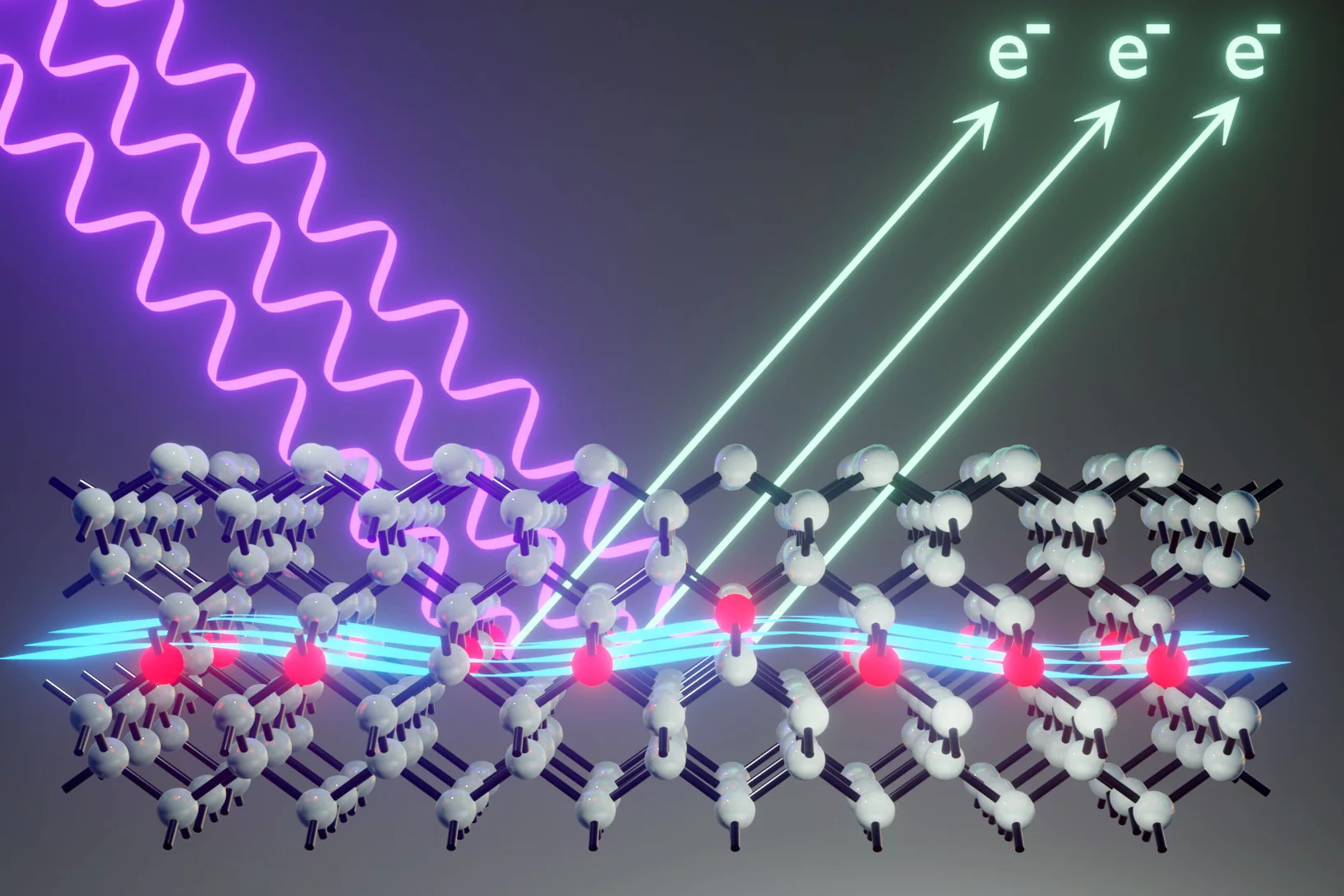The ADvanced RESonant Spectroscopies (ADRESS) beamline installed in the X03MA straight section of SLS is a high-performance soft-X-ray undulator beamline operating in the energy range from 300 eV to 1.6 keV. It hosts two endstations, for Angle-Resolved Photoelectron Emission (ARPES) and Resonant Inelastic X-ray Scattering (RIXS). The scientific activity at the beamline is focused on correlated systems, topological materials, complex oxides, semiconductors and their nanostructures.
| Energy range | 300 - 1600 eV |
|---|---|
| Polarization | circular and 0-180o variable linear polarization |
| Resolving power E/Δ E (1 keV) | up to 33'000 |
| Flux on sample (1 keV) | >1013 ph/s/0.01%BW/400 mA |
| End stations | Angle-Resolved Photoelectron Spectroscopy (ARPES); Resonant Inelastic X-ray Scattering (RIXS) |
| Spot size on sample | 10 x 74 µm2 (ARPES); 4 x 52 µm2 (RIXS) |
A detailed description of the ADRESS beamline can be found in J. Synchrotron Rad. 17 (2010) 631 and one of the recent presentations.
Current Highlights and News
Weyl spin-momentum locking in a chiral topological semimetal
Spin–orbit coupling in noncentrosymmetric crystals leads to spin–momentum locking – a directional relationship between an electron’s spin angular momentum and its linear momentum. Isotropic orthogonal Rashba spin–momentum locking has been studied for decades, while its counterpart, isotropic parallel Weyl spin–momentum locking has remained elusive in experiments. Theory predicts ...
Extreme ultraviolet for scalable silicon quantum devices
Experiments at the Swiss Light Source (SLS) show the potential of extreme ultraviolet light (EUV) to make the building blocks of scalable quantum computers.
Unveiling ultra-thin electron liquids in silicon
Soft X-rays enable scientists to visualise non-invasively the electronic properties of ultra-thin dopant layers buried within semiconductor wafers.

